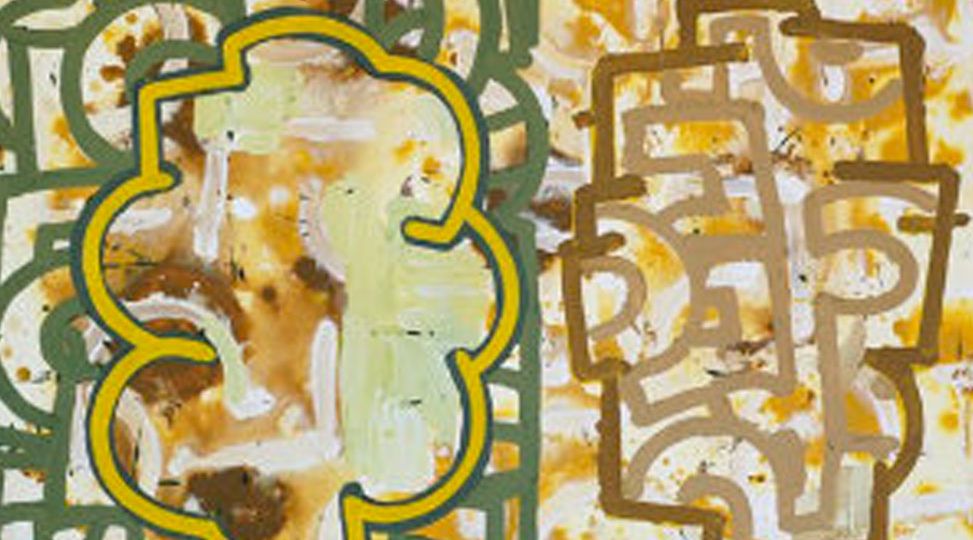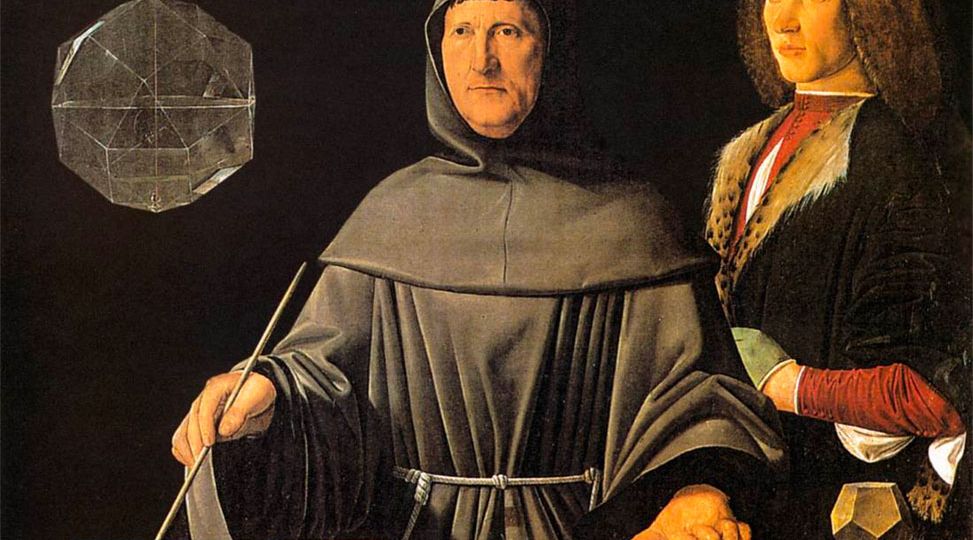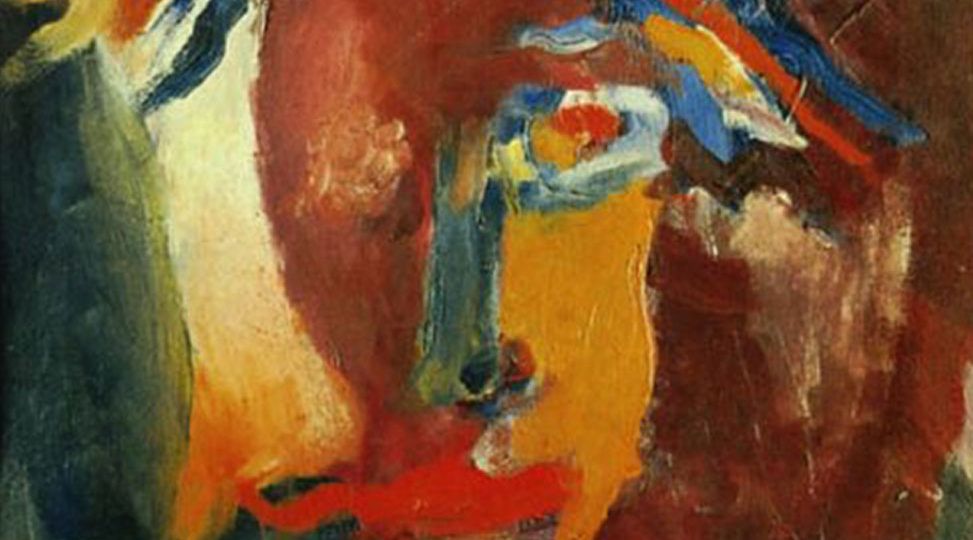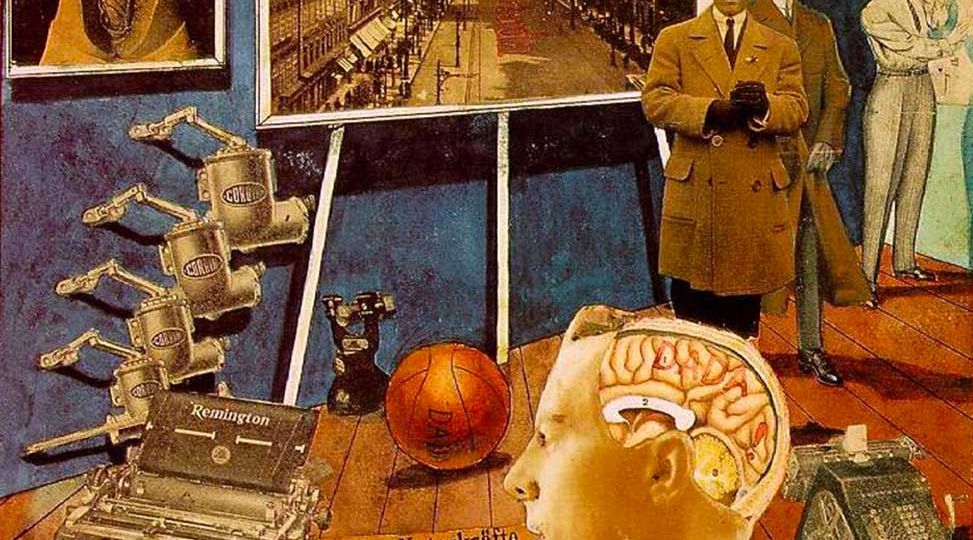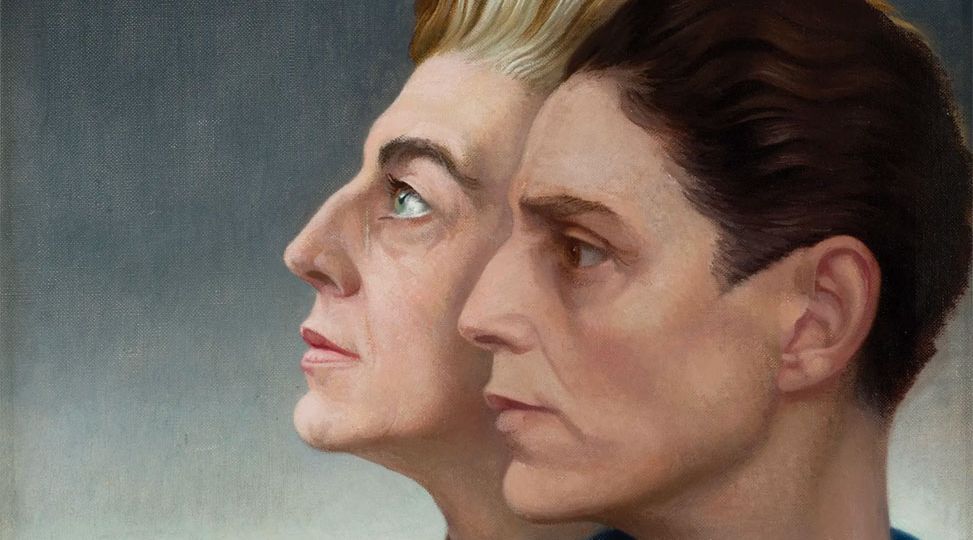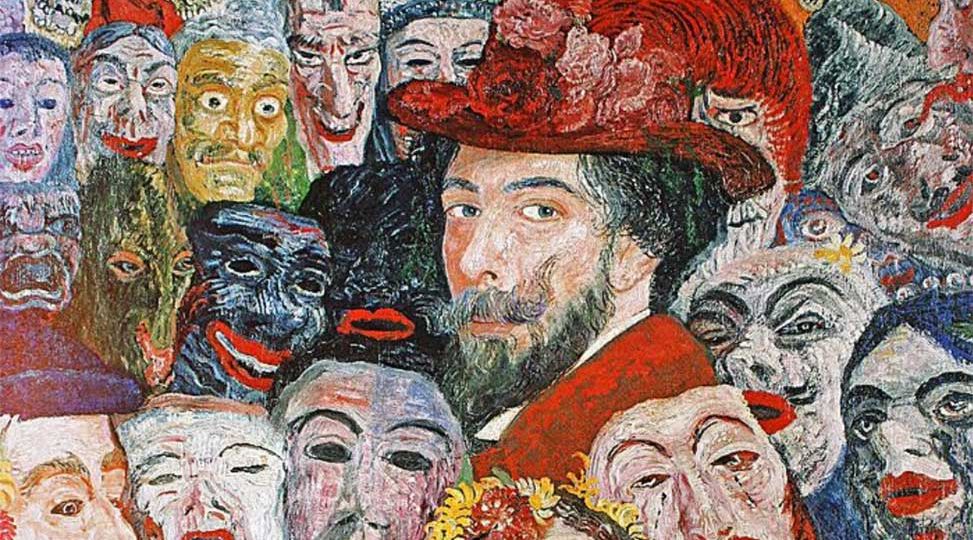Which do you trust more to give you reliable information about type: observation or introspection? And what is your type preference? Of course, all type users rely upon both the observation of others and internal self-reflection to expand and confirm their understanding of personality type. But it seems as though we differ in which we prefer.
Issues
The problem was that I wanted it to be as reliable as a road map. … I wanted the type map to conclusively show me the routes that, say, ESTPs took in their thinking and behavior. When it didn’t ‘work,’ I was disappointed. How could something so useful to me internally be so unreliable in external application, even after extensive study?
I went back to the thing that seemed to make no sense. I asked Matt why he thought he became anxious coming home from work but did not experience this fear on his way into work? I had spent the hour prior to my session with Matt going through notes of other therapies with other ENTJs, but nothing in this other work had seemed particularly germane.
How might type development affect judgment lapses that result in plagiarism? Can we use our understanding of type to address this problem? Two high-profile journalists were recently removed from their posts for reasons of plagiarism—New Yorker staff writer Jonah Lehrer, and Time editor-at-large and CNN host Fareed Zakaria. On July 30, Lehrer …
The type code had another unintended effect, which was to elevate the E-I and the J-P dichotomies to the same level as the functions. I had always thought of myself as an Introvert and nothing else. I had also been taught that I was a Judging type and I had been told that “J’s decide quickly,” but that was not true for me. So there were holes in my preference framework where my experience did not fit what I was taught.
I describe here how I discovered a new way to find the function-attitudes—the ‘building blocks’ of personality type—associated with any set of MBTI® results. I discovered this method almost by accident. My goal was to form teams of graduate design students working together to conceive, build, demonstrate, and report on a physical project.
“What do you want?” asked one of the boys, his crossed arms over his chest authoritatively. “I want a drink of water,” I told him, but as I made a move to go around him, he stepped in front of me again. Before I could say anything or react in any way, he told me, “You can’t drink here. This fountain is for people. No monkeys allowed.”
In Douglass Wilde’s article about his method of calculating the function-attitudes from MBTI® scores, he adds his voice to the persistent minority who challenge the conventional wisdom about the sequence of function-attitude preferences. … By downloading the Wilde Worksheet for Computing Function-Attitudes, you can test these formulations for yourself.
In the MBTI® I found the self-understanding that I had been lacking; I saw myself finally as less of a dilettante than an adaptive explorer, and a powerful implementer of all I had learned. I had been collecting knowledge and skills but had continued to be unclear about my “use of self.” I finally saw my journey as self-actualization.
Becoming a warrior requires you to shed some aspects of your identity and to take on new ones to fit your new role. Allegiances can be strained as new, family-like bonds are forged with fellow warriors. Individuals on the type development/individuation journey can also experience feelings of isolation from significant others and community.


